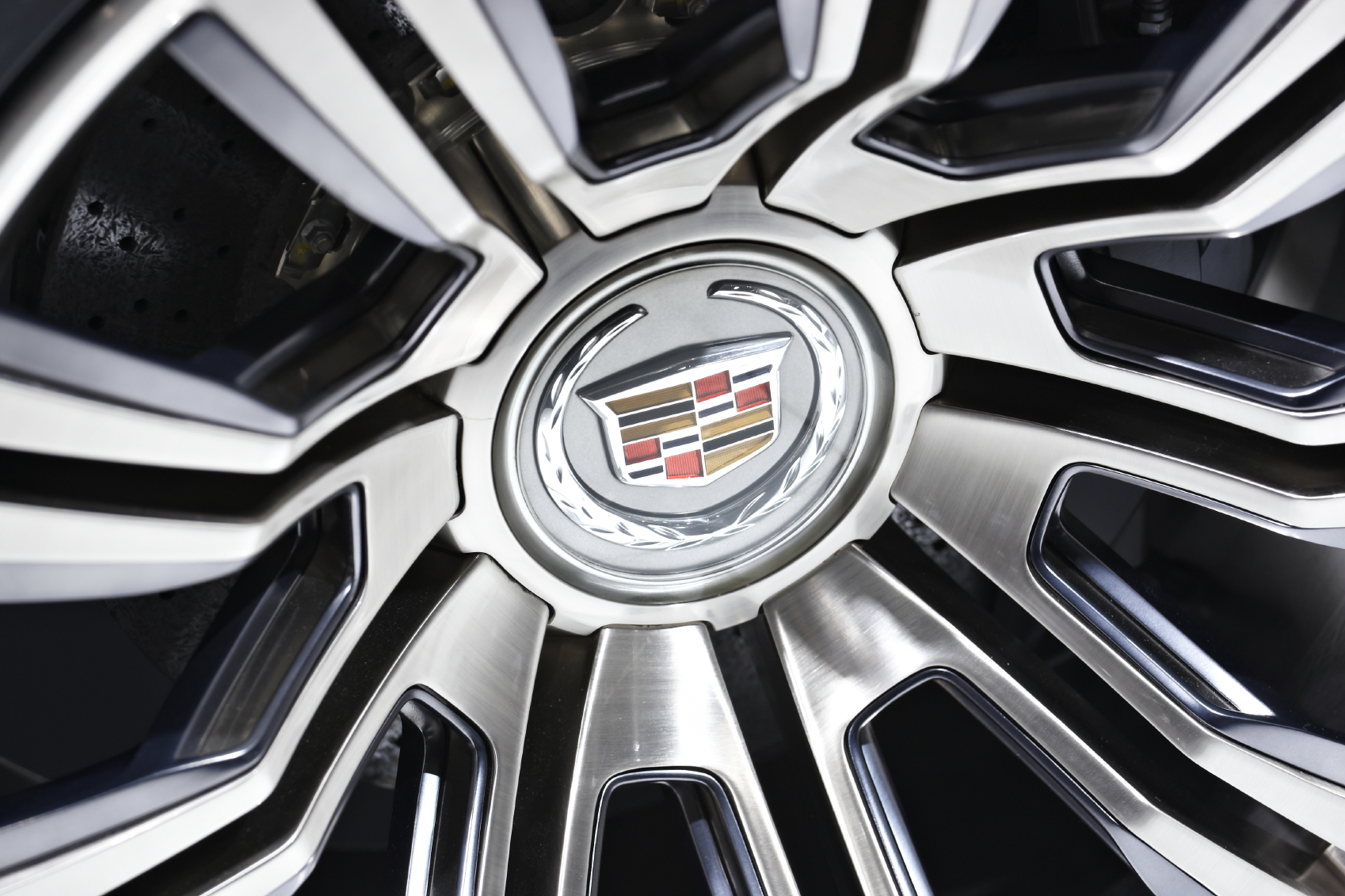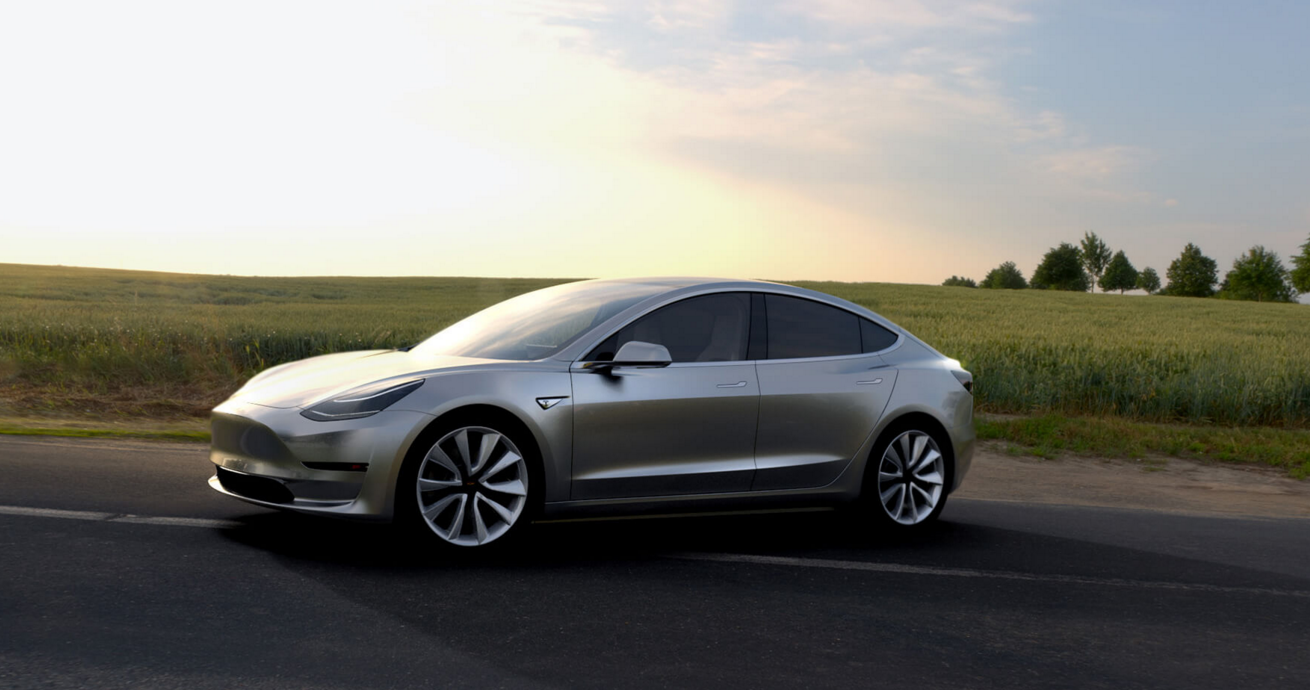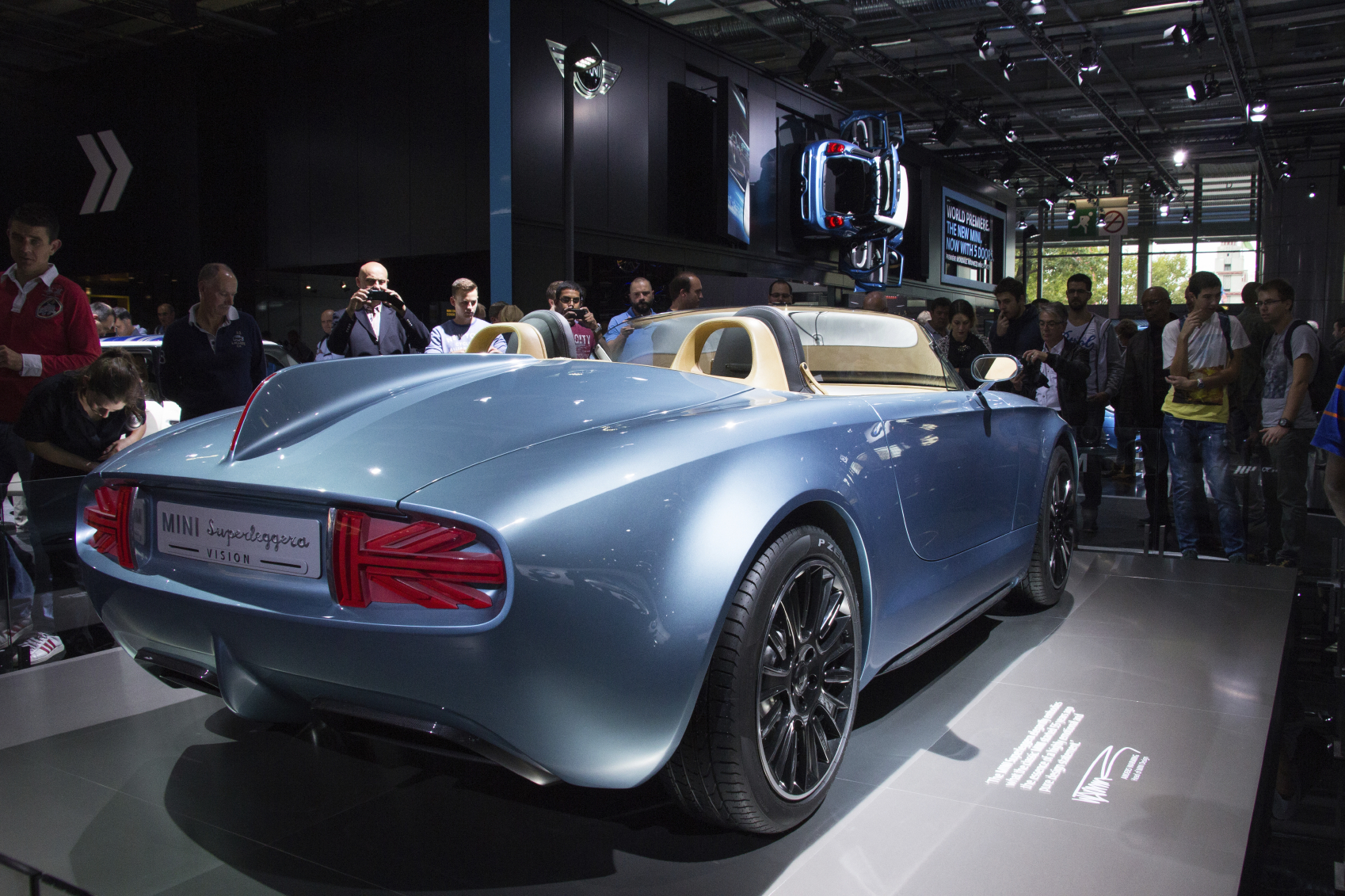What Happened
British automaker Jaguar won over 97 million impressions with its first VR campaign at the Wimbledon tournament. Designed to allow viewers to experience the moment Jaguar ambassador Andy Murray delivers a winning shot, the branded VR experience #FeelWimbledon aims to strike an emotional chord with viewers and inspire them to check out the Jaguar models strategically placed in the experience. Jaguar rolled out the VR initiative in a number of ways, including setting up an on-site activation at London’s Waterloo station, handing out 20,000 Google Cardboard headsets to Wimbledon attendees, and delivering VR headsets to its 104 U.K. showrooms during the tournament.
What Brands Need To Do
Jaguar is commendable for devising a campaign that leverages both the emphatic power of VR experience and the event tie-in to elicit positive emotional responses from its viewers and lift its brand affirmation. As consumers get increasingly familiar with VR and 360-degree video content and mainstream social media platforms start supporting the immersive formats, it is time for brands to start working with content creators to develop interesting branded VR content that appeals to target audiences.
The Lab currently has four VR headsets — an Oculus Rift, an HTC Vive, and two Samsung Gear VRs — ready for demos. Virtual reality is something that has to be experienced to be understood, so come by the Lab and ask for a VR demo to get a hands-on experience and figure out how your brand can use it to excite and engage with consumers.
Source: Digiday
Header image courtesy of Jaguar’s YouTube Video





